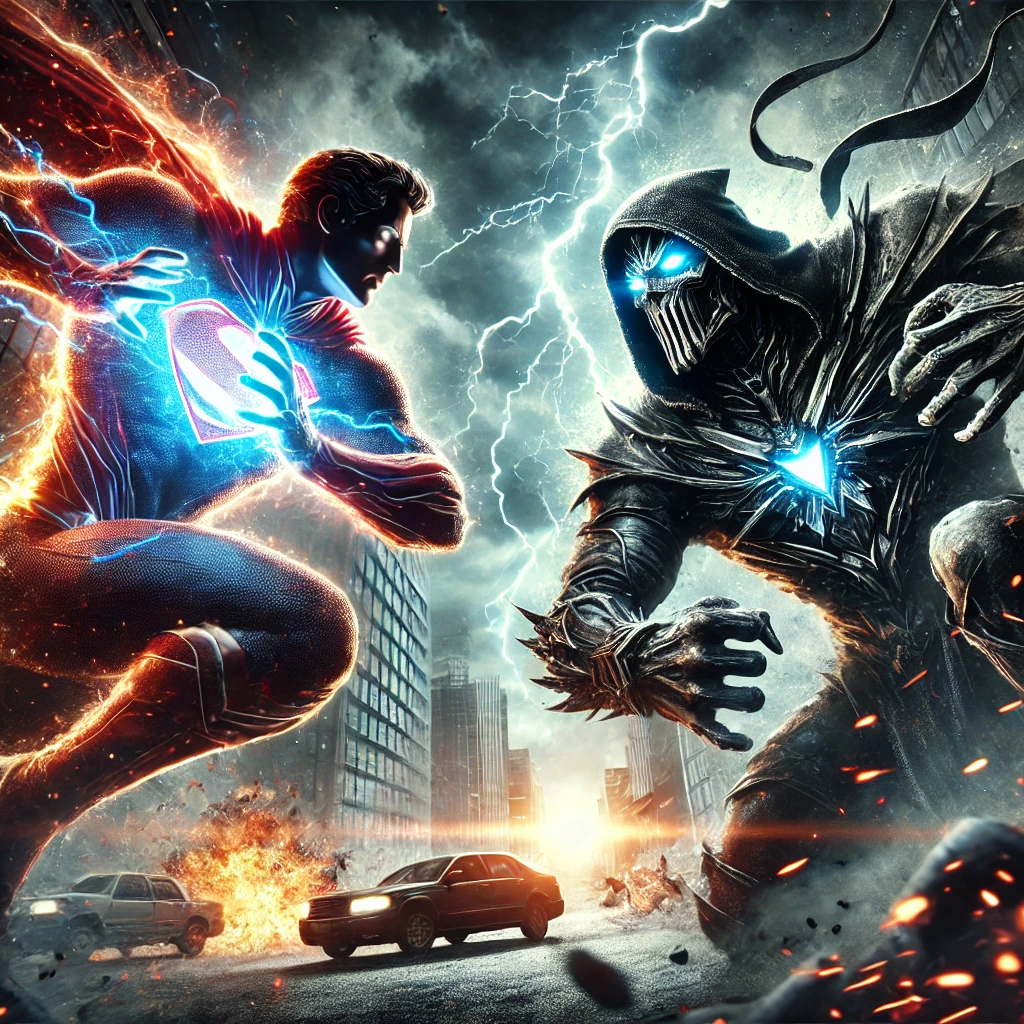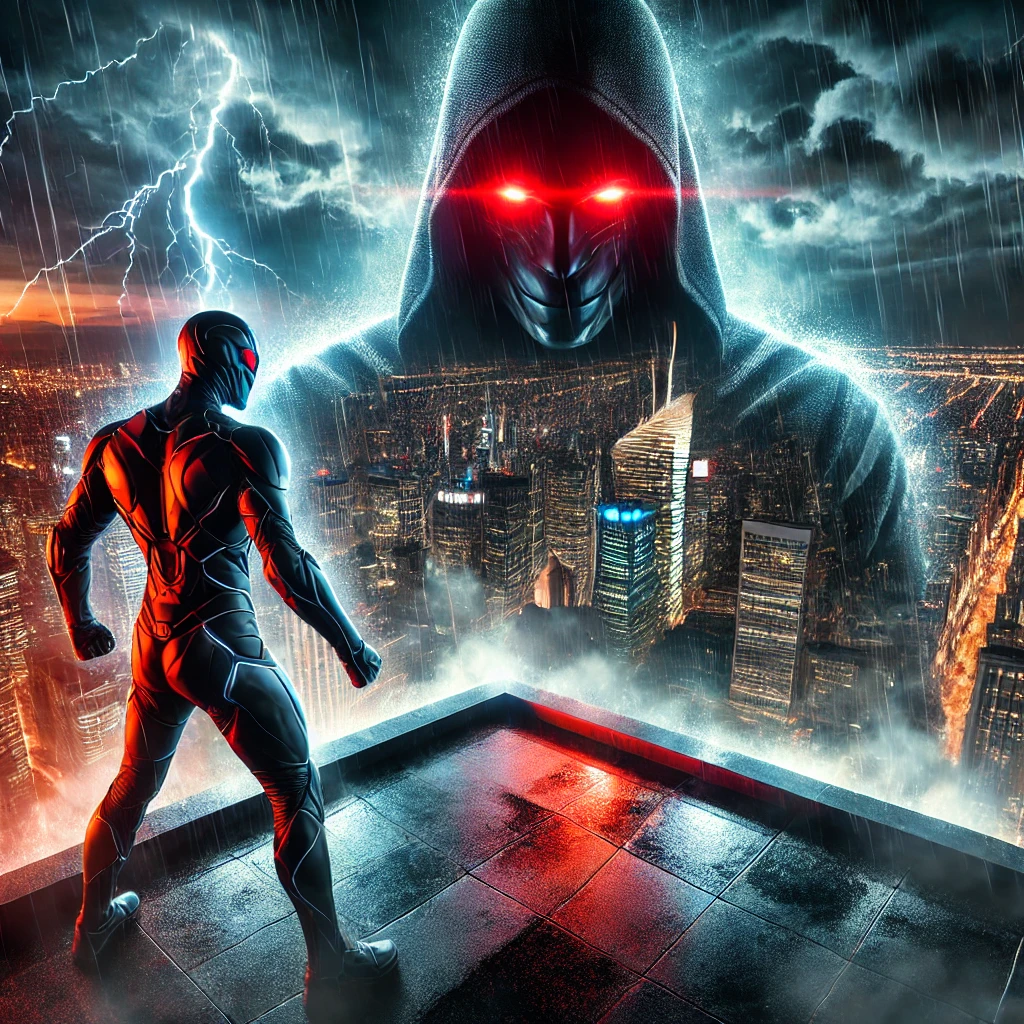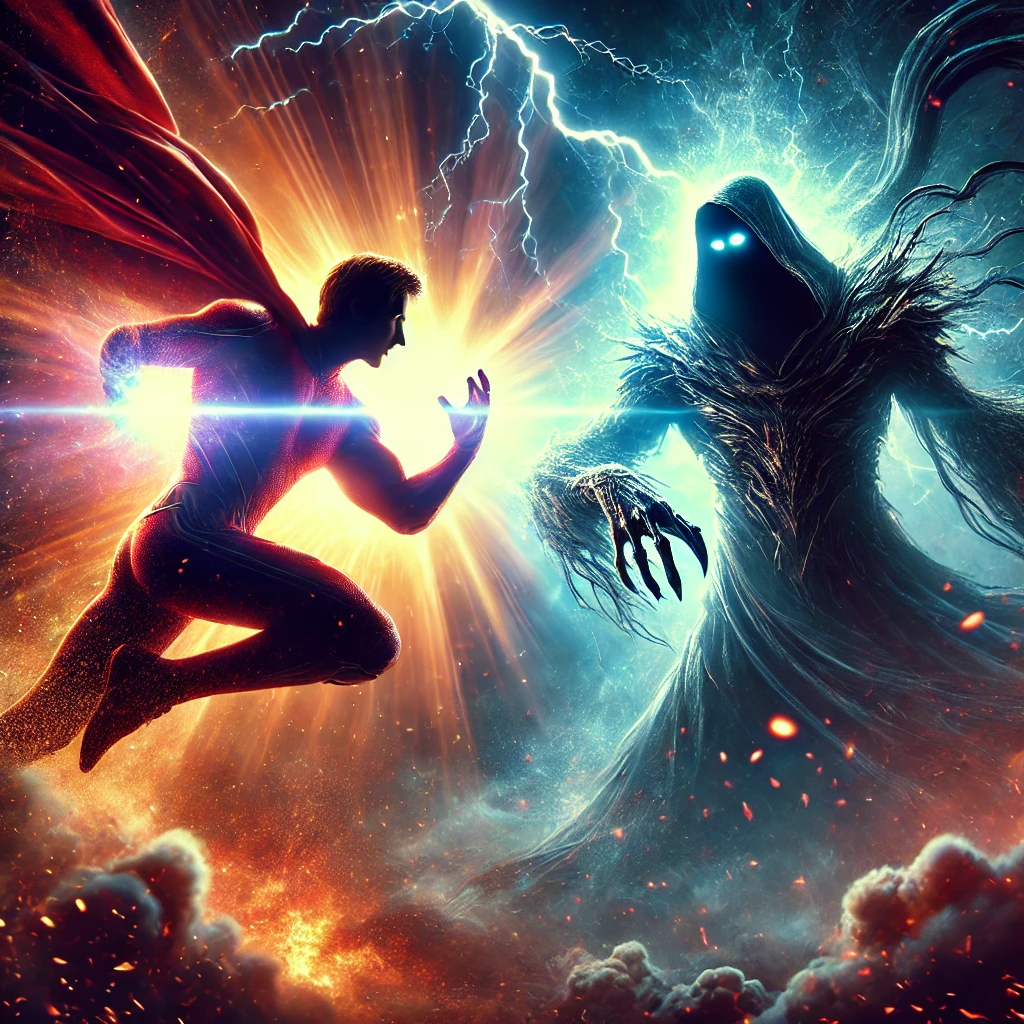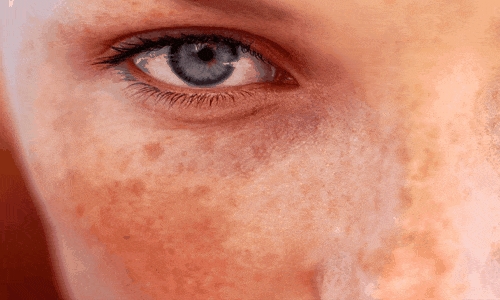Adverts
In the complexity of contemporary narrative, heroes and villains emerge as central figures who capture the imagination and challenge our perception of morality.
This phenomenon, widely explored in books, films and series, not only entertains, but also invites us to reflect deeply on human nature.
Adverts
Why are we fascinated by characters with such opposite characteristics? What makes us root for both the hero and the villain? This is the crux of a discussion that reveals a lot about our values, desires and fears.
The duality between heroes and villains is not just a narrative device; it is a mirror of human complexities. Heroes symbolize hope, courage, and the fight for the common good, while villains often embody the dark side of ambition and power.
Adverts
However, both share traits that resonate with us, such as vulnerabilities and personal motivations. This delicate balance between light and shadow makes us identify with characters on both sides, awakening in us a range of emotions that range from empathy to contempt.
This text will explore how modern narrative has refined these archetypal figures, making them more complex and closer to reality. It will analyze iconic characters who have transcended their original role, as well as the evolution of their stories over time. In addition, it will discuss the psychological and cultural elements that fuel our attraction to these figures, offering insights into our own internal duality.
Finally, we will explore the impact of these narratives on our society and the role they play in shaping our collective identity. The ability to see ourselves reflected in both heroes and villains is a testament to the enduring power of stories in shaping critical thinking and fostering ongoing dialogue about ethics and morality. After all, perhaps the true magic of narratives lies in their ability to make us question: who are we, really? 🌟

The Magnetism of Duality: Heroes and Villains in Focus
In many narratives, whether cinematic, literary or gaming, the duality between heroes and villains is a central theme that irresistibly draws audiences in. This dynamic not only keeps us engaged, but also makes us reflect on human nature itself. Heroes are often depicted as icons of virtue and morality, while villains manifest our worst fears and desires. However, the line between these two archetypes can be quite thin, which adds layers of complexity and fascination.
The attraction to the hero is often linked to hope and aspiration. We want to see good triumph over evil, as it gives us a sense that the world can be a just place. On the other hand, the fascination with the villain often lies in their ability to challenge the status quo and explore facets of humanity that we would rather not acknowledge in ourselves. This moral ambiguity not only creates a rich and engaging narrative, but also provides fertile ground for the development of theories and discussions, especially in nerd and geek communities. 🎮
Character Building: Complexity and Evolution
One of the most intriguing aspects of modern storytelling is the evolution and complexity of characters. Today’s heroes and villains are no longer one-dimensional archetypes, but multidimensional beings with motivations, flaws, and virtues. This complex construction enriches the narrative and offers viewers and players a vast territory to explore alternative theories and narratives.
In the comic book universe, for example, Batman and the Joker represent this complexity masterfully. Batman, despite being the hero, is a tortured character, driven by past traumas and a relentless search for justice. The Joker, on the other hand, is not just a villain, but a force of chaos who defies social norms. This duality provides a rich backdrop for exploring questions of morality, justice, and anarchy.
- Batman: Driven by trauma and a sense of justice.
- Joker: Representation of chaos and questioning of social norms.
- Modern Heroes: Multidimensionality as a Key to Engagement.
This complexity is reflected in many media, such as role-playing games where moral decisions can change the course of the story. Players are often placed in positions where they have to choose between the path of the hero or the villain, reflecting the duality we face in real life. 🤔

Psychology of Identification: Why Do We Care?
Identification with heroes and villains is a phenomenon that transcends entertainment and infiltrates our everyday lives. Psychologically, we tend to identify with characters who reflect some aspect of our personality or who face similar challenges to our own. This creates a powerful emotional connection that makes us root for the success or downfall of these characters.
Heroes often represent the ideal of what we would like to be: courageous, just, and selfless. This identification offers us an emotional refuge, allowing us to explore our values and aspirations through their journeys. Villains, on the other hand, appeal to us because of their freedom to defy social norms and express repressed impulses. This identification can be a way to explore parts of ourselves that are normally suppressed by society.
- Heroes: Idealization and personal aspirations.
- Villains: Expression of repressed impulses.
- Emotional connection: Importance to storytelling.
The duality of heroes and villains also allows us to explore complex moral dilemmas in a safe environment. We can ponder the nature of good and evil, right and wrong, without the real-world consequences. This not only enriches our entertainment experience, but also broadens our understanding of ourselves and the world around us. 🌌
The Impact of Technology: Interactive Storytelling and AI
With the advancement of technology, narratives around heroes and villains are becoming increasingly interactive and complex. Artificial intelligence plays a key role in this scenario, enabling the development of characters that react in a more realistic and autonomous way. This not only enriches the user experience, but also redefines the possibilities of identification and engagement with narratives.
Modern games, for example, use AI to create characters that can adapt and evolve based on player choices. This results in dynamic stories where the fate of the hero or villain can change drastically. Additionally, streaming platforms are exploring interactive narratives that allow viewers to make decisions that affect the outcome of the story, making the experience even more personal and engaging.
- AI in games: Characters that evolve based on choices.
- Interactive narratives: Decisions that affect the outcome.
- Personalization: More immersive and unique experiences.
This fusion of technology and storytelling not only increases the complexity of stories, but also elevates the way we relate to heroes and villains. The ability to shape the fate of these characters gives us a sense of agency, further deepening our emotional connection and allowing us to explore moral duality in a more intimate and personal way. 🕹️

The Role of Nerd Communities: Theories and Discussions
Nerd and geek communities play a crucial role in how we consume and interpret narratives involving heroes and villains. They are a vibrant space for discussion and theory-building, where fans can share their interpretations and expand the universes they love. This collective environment not only deepens our understanding of stories, but also allows us to see different perspectives on moral duality.
Online forums and social media are often filled with heated debates about character motivations and possible alternate plots. Communities create complex theories that explore not only the events of the story, but also the psychological nuances of the characters. This social interaction allows us to experience the narrative in a richer, more collaborative way.
- Online debates: Collective interpretation of narratives.
- Fan theories: Expansion of universes and characters.
- Community: Enriching narrative understanding.
Furthermore, these communities often influence the direction of the stories themselves, with creators increasingly attentive to fan feedback and theories. This creates a feedback loop where the duality between heroes and villains is constantly reevaluated and reinvented, keeping the narratives alive and dynamic. 💬
Influence on Pop Culture: Heroes and Villains in Everyday Life
The influence of heroes and villains on pop culture is undeniable, permeating everything from films and TV shows to fashion and politics. These characters often transcend their origin stories and become powerful symbols in society. The duality between heroes and villains resonates in many aspects of everyday life, shaping attitudes and behaviors.
Icons like Iron Man and Darth Vader are examples of how characters can influence cultural trends. Heroes often inspire social movements and campaigns for justice, while villains can be used to criticize oppressive systems and explore moral complexities. This symbolism provides a lens through which we can analyze contemporary issues, enriching cultural and social discourse.
- Cultural Icons: Symbols of Heroes and Villains.
- Influence in fashion and politics: Impact beyond the narrative.
- Symbology: Analysis of contemporary issues.
Furthermore, the presence of heroes and villains in pop culture influences the way we see the world and gives us tools to deal with ethical and emotional dilemmas. The duality between good and evil serves as a mirror, reflecting our own internal struggles and offering insights into the human condition. 🌟
Conclusion
Of course! Please send the body of the article so I can generate the conclusion based on it.




